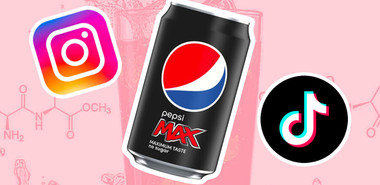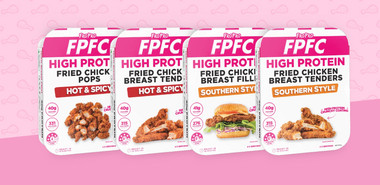
If you’ve been into any kind of athletic endeavour for any decent length of time, there’s a high chance that you’ve suffered some form of injury. They may be minor or major, isolated or multiple, one-time or recurring: whatever way, we’ve all been there.
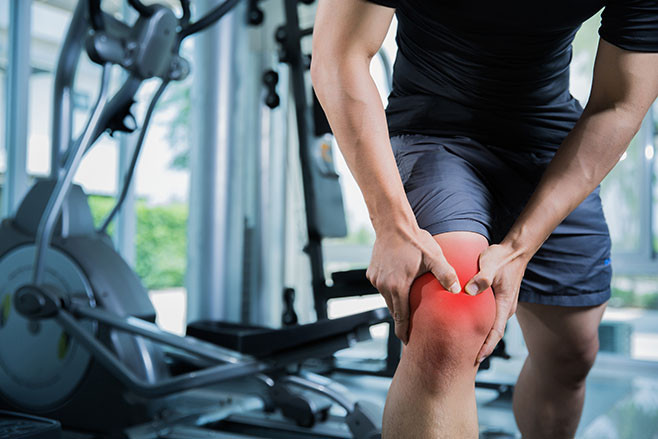
It’s frustrating. All you want to do is get back on your feet, get back into the game and enjoy training and making progress once more. Of course, rehab is the way to go: a decent physiotherapist is worth their weight in gold when you’re getting over any kind of injury. However, it’s becoming increasingly apparent that nutrition is as important a factor in recovery as anything else.
Whether you’re suffering a conventional, par-for-the-course set of microtears, or you’ve ripped something badly, there is a list of foods that can help you to heal up muscle tears more quickly and efficiently. I’ve gathered my top-five foods and types of foods that work well to speed up your rehab so that you can get back out there, doing what you love.
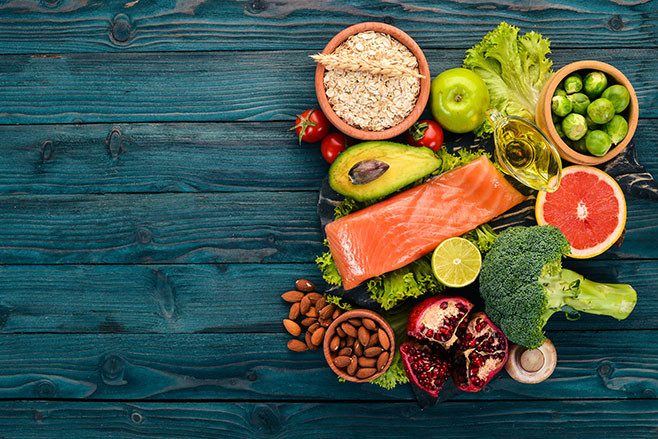
Foods rich in protein
Of course protein made this list. It will make most lists that talk about important elements of sports nutrition. It’s a vital building block for your body’s tissue: muscle is no exception.
Most training focusses on hypertrophy (muscle building) to some degree. When you’re put out of action, the affected areas will likely begin the process of atrophy (muscle loss), which will lead to a decrease in strength and mass.
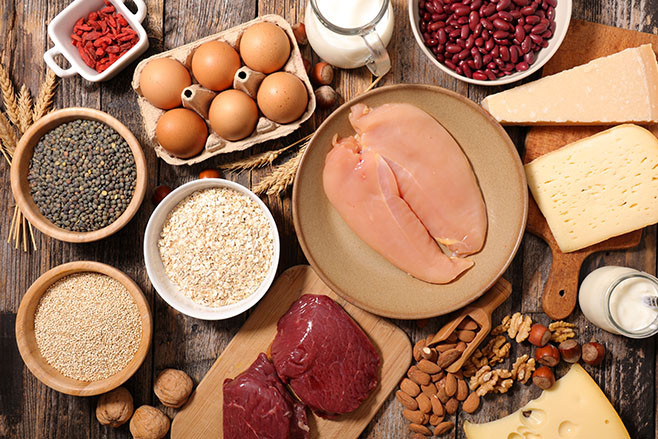
Eating good-quality protein sources should help to slow this process, arresting atrophy to a degree. It will help you to regain any lost muscle as you go through physiotherapy and get back into training. More than this, however, is the short-term effect it should have on your injury itself: protein may help to reduce inflammation and will aid your muscles as they mend any tears suffered.
Protein-rich food sources good for recovery include lean meat, oily fish, eggs, whey and other dairy products, tofu, beans, pulses and legumes.

High fibre food sources
Your caloric demand will naturally be lower as you heal than it is when you’re training at peak intensity. As a result, you will need to bring your intake down a suitable amount. However, if you’re involved in any high-intensity training, or if you’re used to eating for hypertrophy, you will have got used to eating in bulk. It’s hard to go from 4,000 calories to 2,000 overnight and feel sated, no matter how sedentary you may find yourself being.
High-fibre diets are perfect in these kinds of cases. Coupled with the above-mentioned high-protein foods, the bulk and the slow-digesting nature of both will help to make you feel fuller for longer, at a far more modest caloric footprint.
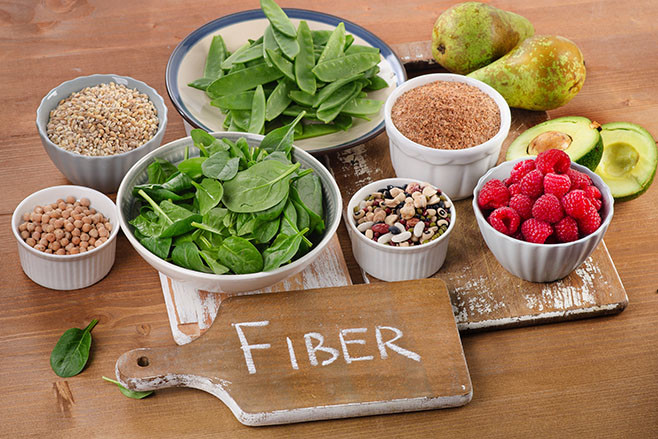
Low GI fruits, green leafy vegetables, beans and pulses will all count towards a high-fibre intake.
Foods rich in calcium and vitamins C & D
Calcium is well-known for being vital in maintaining bone health: strong teeth and bones have been linked with dairy consumption for a long enough time that it’s entered the public consciousness. Less well-known is calcium’s role in nerve signalling and muscular contractions.
It’s therefore always important to get adequate amounts of calcium: your muscular health as well as your bone health depends on it. Foods rich in calcium include more than just dairy. Leafy greens and broccoli will give you good doses, as will almonds and almond milk, sardines and okra.
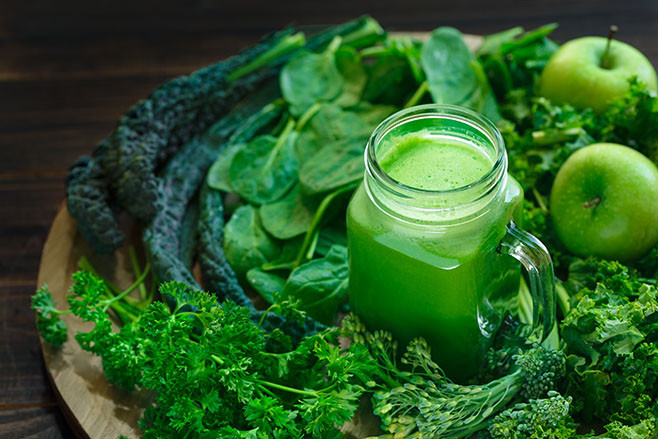
Meanwhile, vitamin D helps your body to absorb this calcium. Therefore, you will want to pair them together as often as possible. When you’re recovering from any kind of muscle, soft tissue or bone injury, this becomes more vital than ever- vitamin D has even been linked to improved recovery following various surgeries.
There are few foods that contain dietary vitamin D. However, your body will naturally produce it when exposed to the sun. So, if you get hurt, eat your greens and your dairy, and spend some time outdoors if you can.

Finally, vitamin C rounds out this part of the list due to its use in making collagen. Collagen is important for maintaining healthy bone, muscle, skin and soft tissue structures. It also has anti-inflammatory and antioxidant properties, which will combine with protein to prevent inflammation than could hinder your recovery. Add vitamin C to the mix and you’ll be kick starting your body’s ability to rebuild itself as strong and integral as ever.
Citrus fruits, dark leafy greens, broccoli, peppers and tomatoes all contain high amounts of dietary vitamin C.
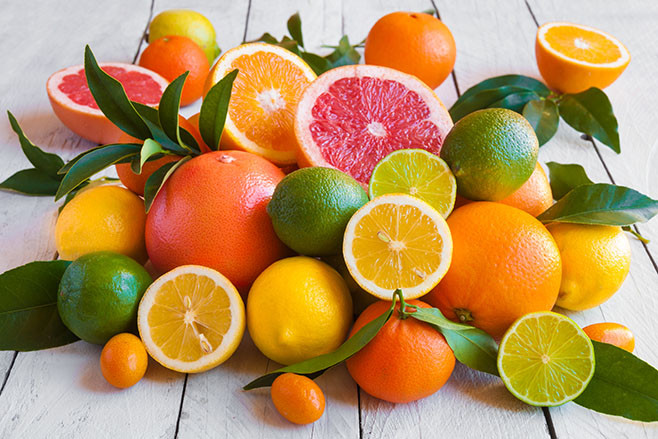
Omega-3
Omega-3 is a must have for joint health and mobility. I would advise anyone regularly putting their body under heavy loads to take omega-3 supplements daily. However, it will also come into play in a big way during recovery from muscular tears.
Wounds and tears always include some level of inflammation. Several entries on this list owe their place in part on their anti-inflammatory properties, and omega-3 is no different. Inflammation may hinder your recovery, depending on its severity and duration.

In addition, if you begin to seize up through inactivity, omega-3 will be of great help. It keeps you loose and mobile, so that you will be able to move as you have always done when you’re ready to get back into training.
Foods high in omega-3 include fish (especially cod), walnuts, flaxseeds and chia seeds.
Creatine
Creatine isn’t just a pre-workout supplement. Though it is often used to aid your body in producing adenosine triphosphate (ATP), which is the energy source your muscles use during heavy lifting and high-intensity exercise, it may also aid you in recovery after injury.
It may enhance muscle mass and decrease atrophy during extended periods of rest, such as the inactivity following injury.
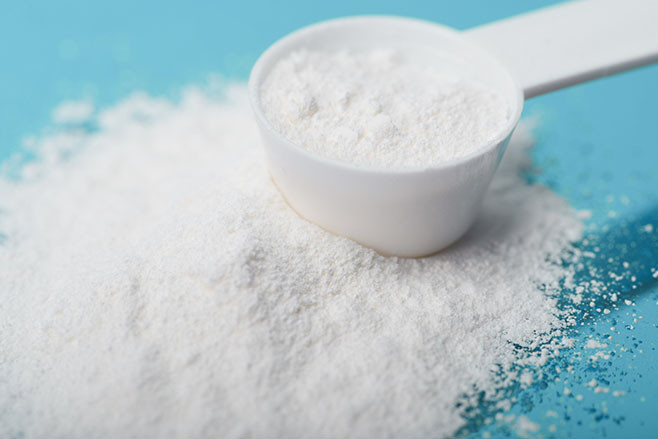
You can take creatine as a supplement, available as a powder from any sports supplement company. Alternatively, high amounts of creatine can be found in meat, poultry and fish. For the most amount of creatine, try eating joints of meat cut from as close to the bone as possible.

-a diverse, healthy diet including everything in this article will reduce your risk of injury in the first place
So there we have it: five things to include in your diet when you’re getting over any kind of injury, especially a muscle tear. It’s worth bearing in mind that every entry into this list is good for general use: if you take them all in regularly, you will decrease your risk of becoming hurt in the first place.
But if you do tear a muscle, give them a go. You’ll be fighting fit in no time.



